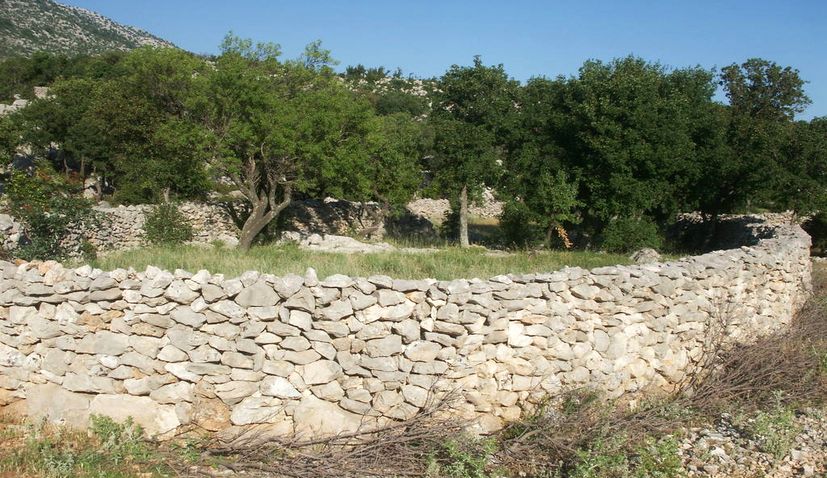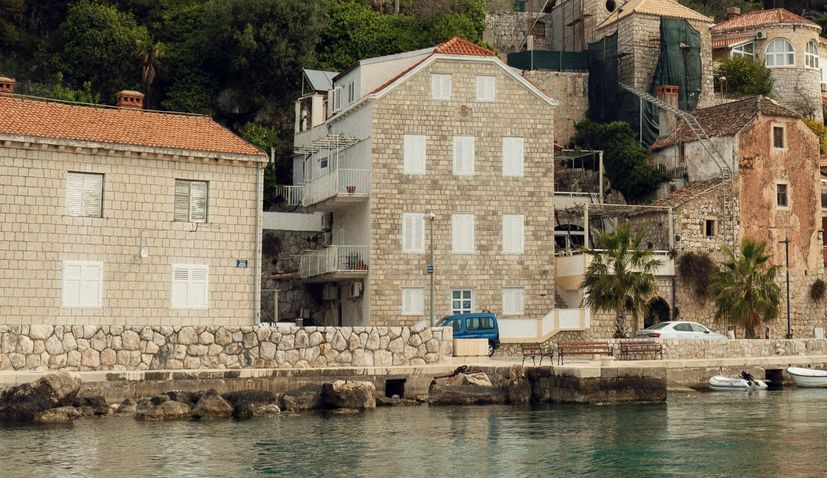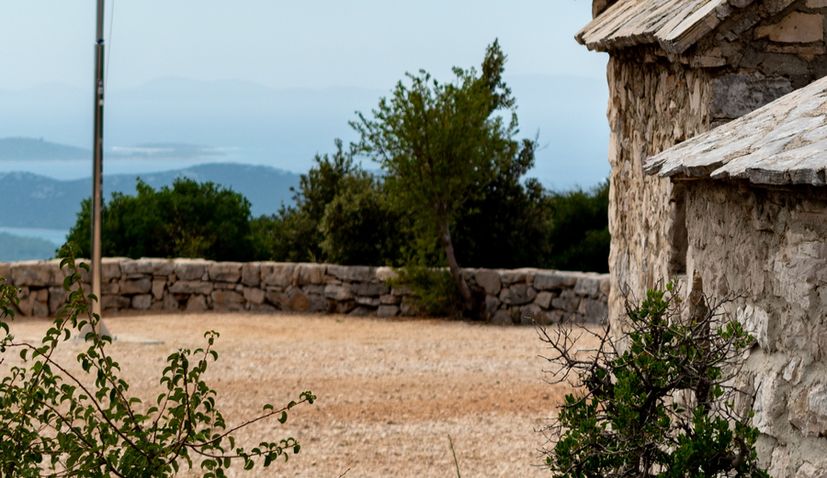In the heart of Croatia stretches a network of kilometers-long dry stone walls and magnificent stone huts—using stones without any binding material.
 The significance of these walls is more than just as structures. For instance, in vineyards people can live for months during the cultivation process or while tending to livestock.
The significance of these walls is more than just as structures. For instance, in vineyards people can live for months during the cultivation process or while tending to livestock.
Stone by stone, these walls were meticulously erected both inland and along the coast. The art of dry stone construction stands as a testament to how folk defined property boundaries and preserved landscapes.
 The fact that the walls that have withstood the test of time for over a century is a testament to the craftsmanship of the builders. As long as these structures stand, they will continue to tell the story of the region.
The fact that the walls that have withstood the test of time for over a century is a testament to the craftsmanship of the builders. As long as these structures stand, they will continue to tell the story of the region.


Apparently a lot of cultures used unmortared stone as a prominent building material, and for multiple reasons too! The Incas used stones without mortar to give them needed flexibility in the earthquake prone region of the Andes. In the Itera Valley of Italy, the locals built dry stone houses with conical roofs called “trullos” or “trulli” (which earthbag dome\cone homes kind of resemble) that were designed to be dismantled as they were only temporary shelters or to attempt to get out of paying property taxes. The Celts also built with dry stone, etc.